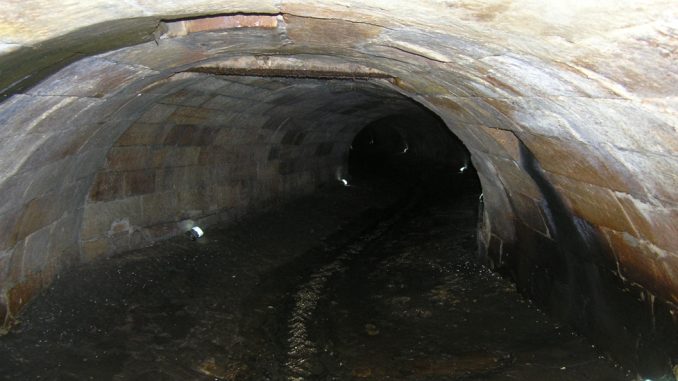
Artificial Intelligence and the internet of things is being used by Yorkshire Water and their partners to reduce wastewater blockages on the company’s sewer network.
Working alongside the University of Sheffield and Siemens, the project uses AI to predict where blockages will occur up to two weeks before serious problems develop. This allows Yorkshire Water contractors to rectify issues prior to them escalating.
Smart sensors in sewer pipes feed water level data into the SIWA Blockage Predictor, an application developed by Siemens. These levels are then compared to an AI prediction of what would be normal in real-time, taking into account the characteristics of the wastewater network and other factors such as rainfall, via modelling built by the University of Sheffield.
If the actual water level is significantly different to the AI predicted water level, then the system will highlight a potential issue. All data is embedded into a web application, notifying users of concerns to be investigated through a smartphone, tablet or PC.
The initial trial of the technology saw it deployed across 70 sites in the Yorkshire Water region. AI found nine in 10 potential issues, three times more than the current prediction process which relies on statistical methods. AI also reduced the number of false positive alerts by around 50 percent.
Preventing sewer network blockages before they happen reduces pollution, a hot topic in the water industry currently. The Environment Agency and the water regulator Ofwat have demanded that serious pollution incidents be driven down by 2025.
Yorkshire Water has committed to cutting the number of incidents on their network by 50 percent as part of their Pollution Incident Reduction Plan 2020-2025. The successful use of AI will enable the company to tackle blockages in advance of the problem becoming serious enough to lead to pollution.
Heather Sheffield, manager of operational planning and technology, at Yorkshire Water said: “The results of the innovative trial across the region have been very positive.”
“The data has allowed us to identify problems with our network quickly, giving our teams the opportunity to attend before pollution incidents occur.”
“Our partnership with Siemens and the University of Sheffield illustrates our commitment to investing in cutting edge technology to provide a data driven approach.”
“The solution could have a significant role to play in reducing the number of pollution incidents, which can have a negative impact on the environment, as well as increasing our efficiency and providing improved value to our customers.”
New technologies are also being used to drive down leakage on the UK water network. Noise loggers, smart pipes and satellites are among the methods identify leaks sooner, allowing companies to carry out live leak pipe repair and reduce the amount of water lost.
The water industry has committed to reducing leaks by 16 percent before 2025. That is part of a wider target of halving by 2050 the 2,954 million litres of water that was lost every day in 2020.

Leave a Reply